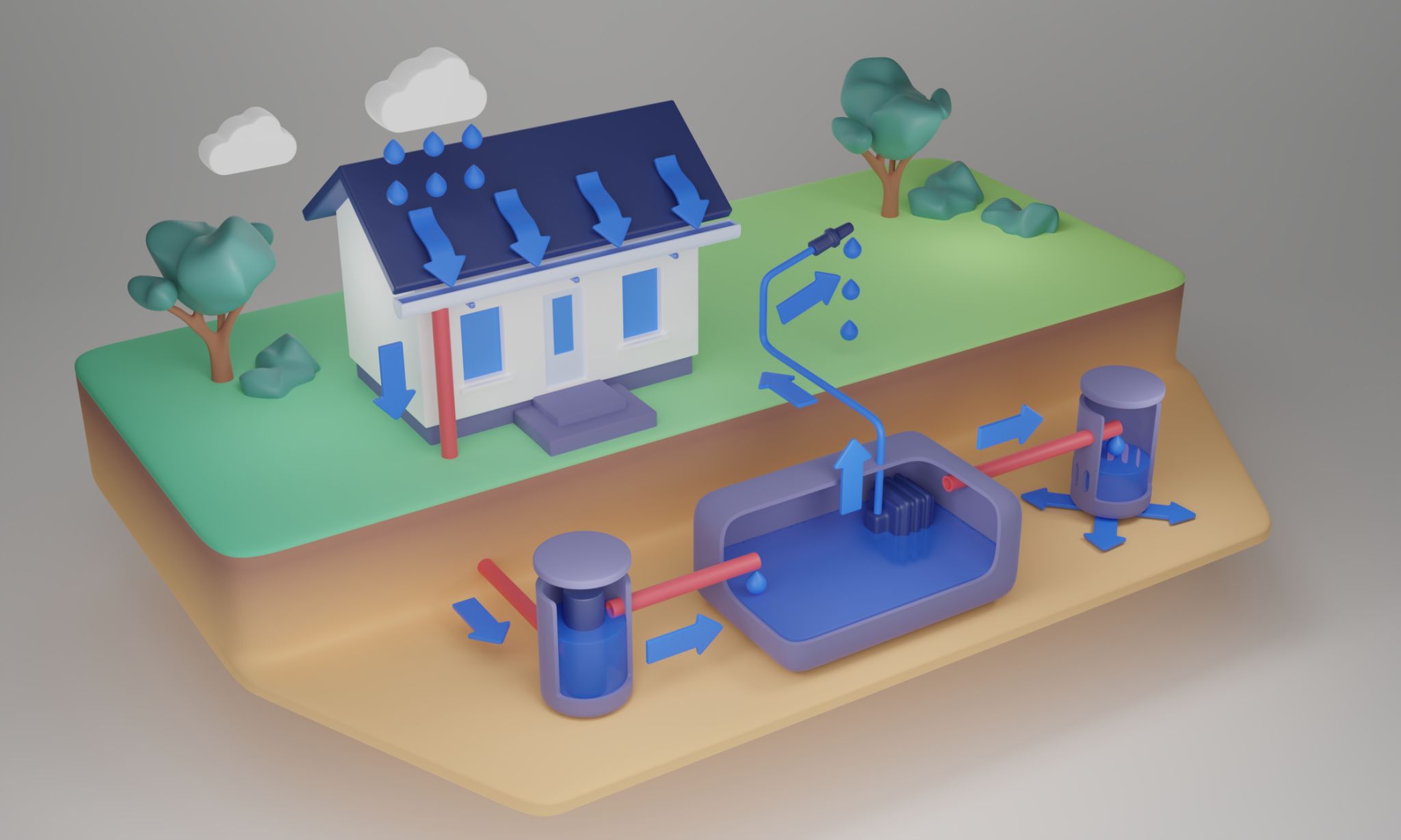Transforming Your Sardinian Home: A Case Study on Eco-Renovation
Introduction to Eco-Renovation
In recent years, the concept of eco-renovation has gained significant traction, especially among homeowners looking to reduce their environmental footprint. It’s about transforming existing homes into more sustainable, energy-efficient spaces. In this case study, we explore the journey of a Sardinian homeowner who embraced eco-renovation to revitalize their traditional home.
The Initial Assessment
The first step in any eco-renovation project is a comprehensive assessment of the current state of the property. For our Sardinian home, this involved evaluating the energy efficiency, structural integrity, and the environmental impact of existing materials. The goal was to identify areas where improvements could be made to enhance sustainability.
A detailed energy audit was conducted, revealing significant heat loss through outdated windows and insufficient insulation. Furthermore, the traditional construction materials were not conducive to modern eco-friendly standards.

Choosing Sustainable Materials
One of the core aspects of eco-renovation is selecting sustainable materials that minimize environmental impact while ensuring durability and aesthetic appeal. For this project, locally sourced materials were prioritized to reduce transportation emissions. Recycled wood and stone were chosen for their low carbon footprint and ability to blend seamlessly with the existing Sardinian architecture.
Natural insulation materials like cork and sheep wool were used to improve energy efficiency while maintaining breathability in the walls, a crucial factor in the humid Mediterranean climate.
Energy-Efficient Systems
Upgrading to energy-efficient systems was essential in transforming the home into a sustainable haven. The installation of solar panels provided a renewable energy source, reducing reliance on fossil fuels and lowering electricity costs. Additionally, a modern heat pump system was installed to regulate temperature efficiently throughout the year.

LED lighting replaced outdated fixtures, further reducing energy consumption. These changes not only contributed to sustainability but also enhanced the overall comfort and livability of the home.
Water Conservation Techniques
Water conservation was another critical component of the eco-renovation project. Rainwater harvesting systems were introduced, allowing the homeowner to collect and utilize rainwater for irrigation and non-potable uses. Low-flow plumbing fixtures were installed to reduce water wastage without compromising on performance.
These measures not only conserve water but also significantly lower utility bills, offering a practical long-term solution for sustainable living.

The Final Transformation
The completion of the eco-renovation project marked a significant transformation for the Sardinian home. The integration of sustainable practices and materials resulted in a reduced carbon footprint and improved energy efficiency. The home now stands as an example of how traditional architecture can be harmoniously combined with modern sustainability principles.
This case study demonstrates that with careful planning and execution, any home can be transformed into an eco-friendly sanctuary that respects both the environment and cultural heritage.
Conclusion
Eco-renovation offers a pathway to sustainable living by reducing environmental impact and enhancing energy efficiency. This Sardinian home serves as an inspiring model for others looking to embark on their own journey towards sustainability. By choosing eco-friendly materials and systems, homeowners can create a healthier, more sustainable future for themselves and future generations.
